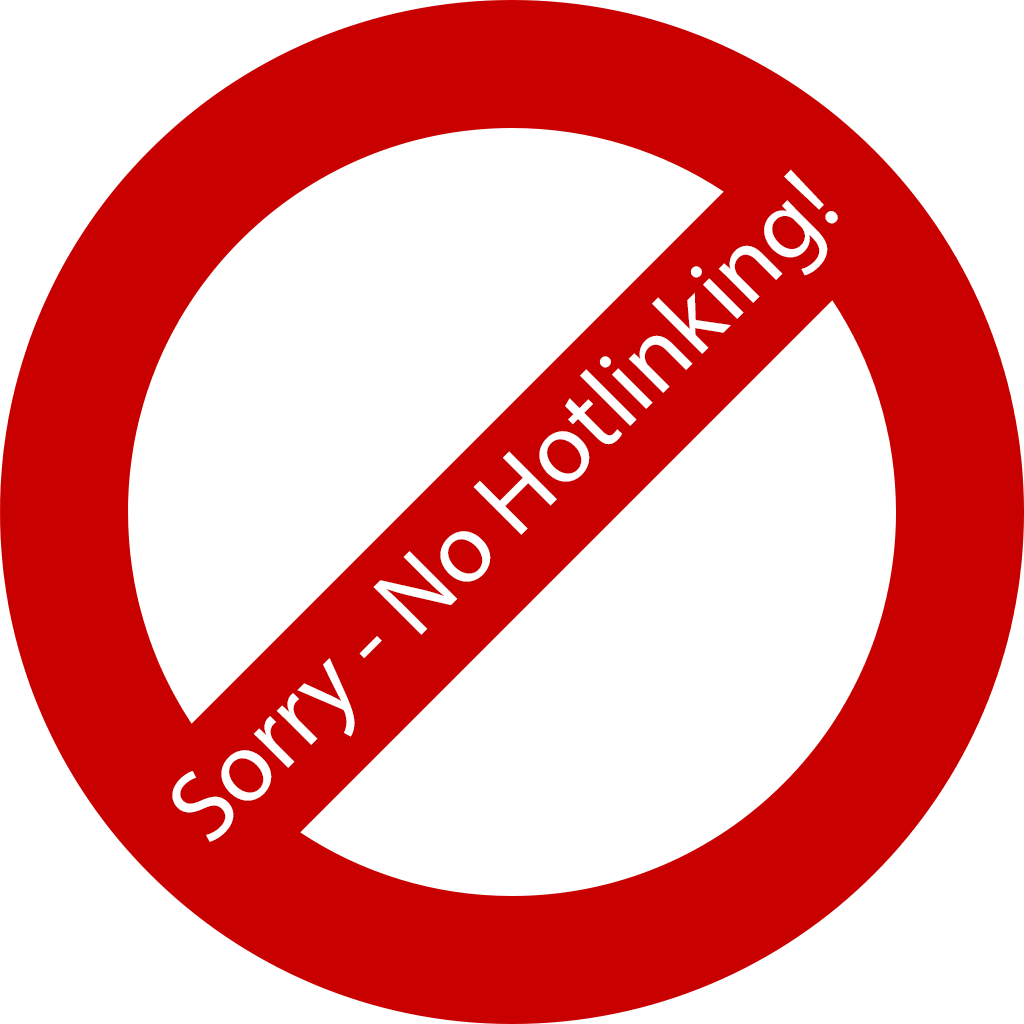Class 110 BRC&W 3-car DMUs
Interior
When built, the first class smoking saloon was in the DMBC, non-smoking in the DMC. Second class passengers who wished to smoke could use either power car, with the non-smoking section being the complete trailer. Over the years, these areas changed to suit the social attitude of the time.
High backed seats were used, as on the 104s, for greater comfort and privacy. Parcel rack vibration was eliminated by the use of rubber gromets between the tubes and mounting brackets. The guard/luggage area had a caged section, with a side corridor for through access.
The interior finishings differed between the two batches. The NER sets had green moquette with a shell pattern in second class, a blue moquette in first, which also had armrests, and carpets. This batch was not fitted with curtains in first class but roller blinds. Saloon walls were laminate panelling; pale-green in second and blue in first.
The LMR sets were more lavishly finished, with high-quality veneer panelling in first class. The type of wood was shown on a label mounted above the cab partition doors, and was typically Brazilian zebrano. Second class saloons had a red and pale-green finish which was being used for the new Mark I coaches of the time. Second class upholstery was green and black in non-smoking sections and red and black in smoking.
The door windows and sliding door gear came from Beckett Laycock & Watkinson Ltd. Blinds were bought from Nicholls, Fraysse Limited, and extractor ventilators from Greenwoods's & Airvac Ventilating Co Ltd. Sheet plastic was from Formica Ltd, and moquette from John Holdsworth & Co Ltd and JA Wood Ltd. PVC-coated fabrics were by Bernard Wardle Ltd and ICI Ltd. Seat frames came from Cox & Co Ltd and Hallam Sleigh & Cheston Ltd. The latex-foam set fillings were by Dunlopillo Ltd and Bintex Ltd. Carpets were supplied by TF Firth & Sons Ltd, and linoleum from Korkoid Decorative Floors.
Asbestos insulation was supplied by JW Roberts Ltd. Glass came from Pilkington Bros.
Screen demisters and washers were from S Smith & Sons Ltd. Warning Horns came from CV Desiderio Ltd, and destination and route indicator gear from EW Matthews & Co.
Summary
Description
Interior
Problems and Alterations
Diagrams & Works Photos
Numbering & Driving Instructions
Liveries
Refurbishment
Operations
Accidents
Non-Passenger Use
Images
Details about preserved Class 110s can be found here.






